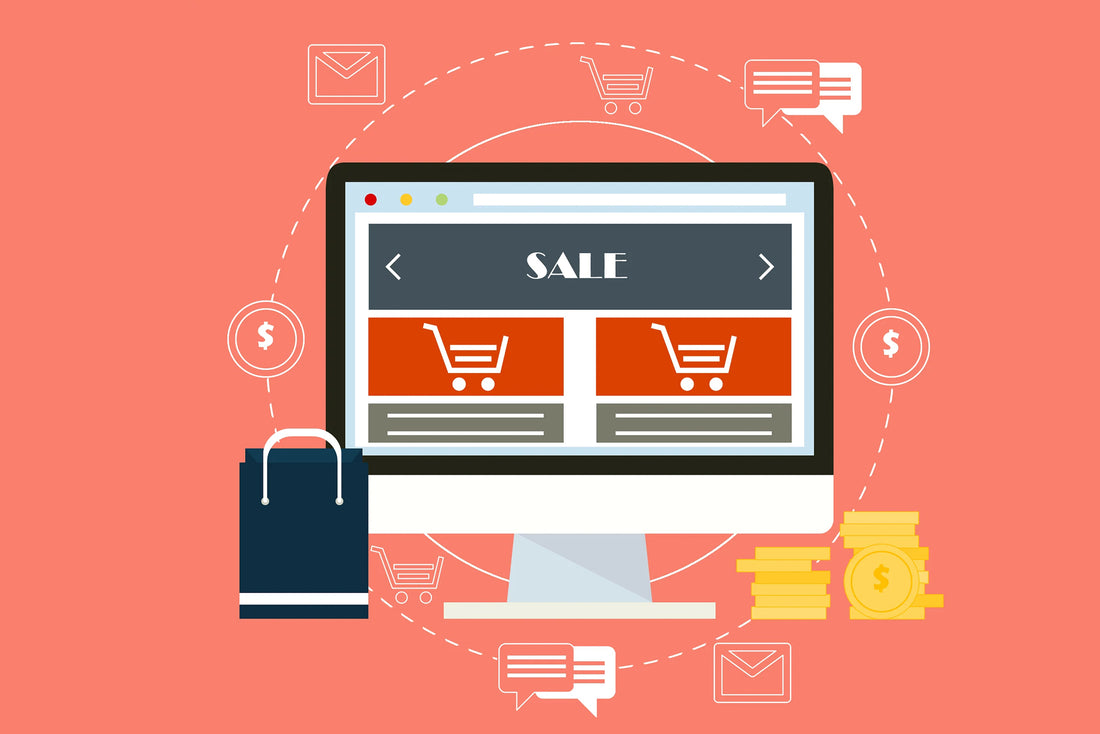
Understanding the Cost Factors of E-commerce Website Development
In the digital age, an e-commerce website is more than just a virtual storefront; it's a vital platform for businesses to reach a global audience and drive sales. However, determining the cost of developing an e-commerce website can be complex due to various factors involved. This article delves into the key components that influence the cost of e-commerce website development, helping you gain a clearer understanding of the financial investment required to establish a successful online store.
Website Design and Development:
Front-end Design: The visual appeal, user interface (UI), and user experience (UX) design are crucial for attracting and retaining customers. A well-designed front end might include responsive design, navigation optimization, and appealing product displays.
Back-end Development: The development of the back-end infrastructure, including the database, server setup, payment gateway integration, and security protocols, significantly impacts the site's functionality and performance.
Functionality and Features:
Basic Features: These include product catalog, search functionality, shopping cart, checkout process, and user registration.
Advanced Features: Customized features such as user accounts, wish lists, product recommendations, reviews, and integration with third-party tools like CRM or email marketing can enhance the user experience.
Mobile App Integration: Creating a mobile app to complement the website involves additional development costs but can provide a seamless shopping experience for mobile users.
Content Management System (CMS):
The choice of CMS can influence both development and maintenance costs. Popular options like WordPress with WooCommerce, Shopify, Magento, and custom-built solutions each have their associated costs and benefits.
E-commerce Platform:
Depending on the complexity of your requirements, you might choose an open-source platform or opt for a hosted solution. Open-source platforms like Magento and WooCommerce can provide flexibility but may require more development work, while hosted solutions like Shopify offer convenience with a monthly fee.
Customization and Integration:
The level of customization required for your website's unique features, branding, and user journey will impact costs.
Integrations with third-party tools such as payment gateways, inventory management, shipping providers, and marketing platforms may incur additional expenses.
Security and Compliance:
E-commerce websites must ensure security measures are in place to protect customer data and transactions, which can involve costs for SSL certificates, PCI compliance, and regular security audits.
Testing and Quality Assurance:
Rigorous testing of the website to identify and rectify bugs, errors, and inconsistencies is essential for a seamless shopping experience.
Maintenance and Support:
Post-launch, on-going maintenance, updates, and customer support are necessary to keep the website functioning optimally.
Content Creation:
Developing high-quality product images, descriptions, videos, and other content contributes to the overall cost.
Conclusion:
The cost of developing an e-commerce website can vary widely based on the above factors. A clear understanding of your business requirements, target audience, and desired features will help you make informed decisions about the level of investment needed to create a successful online store. Balancing cost considerations with the potential for increased sales and brand visibility is crucial for achieving a successful e-commerce venture.






